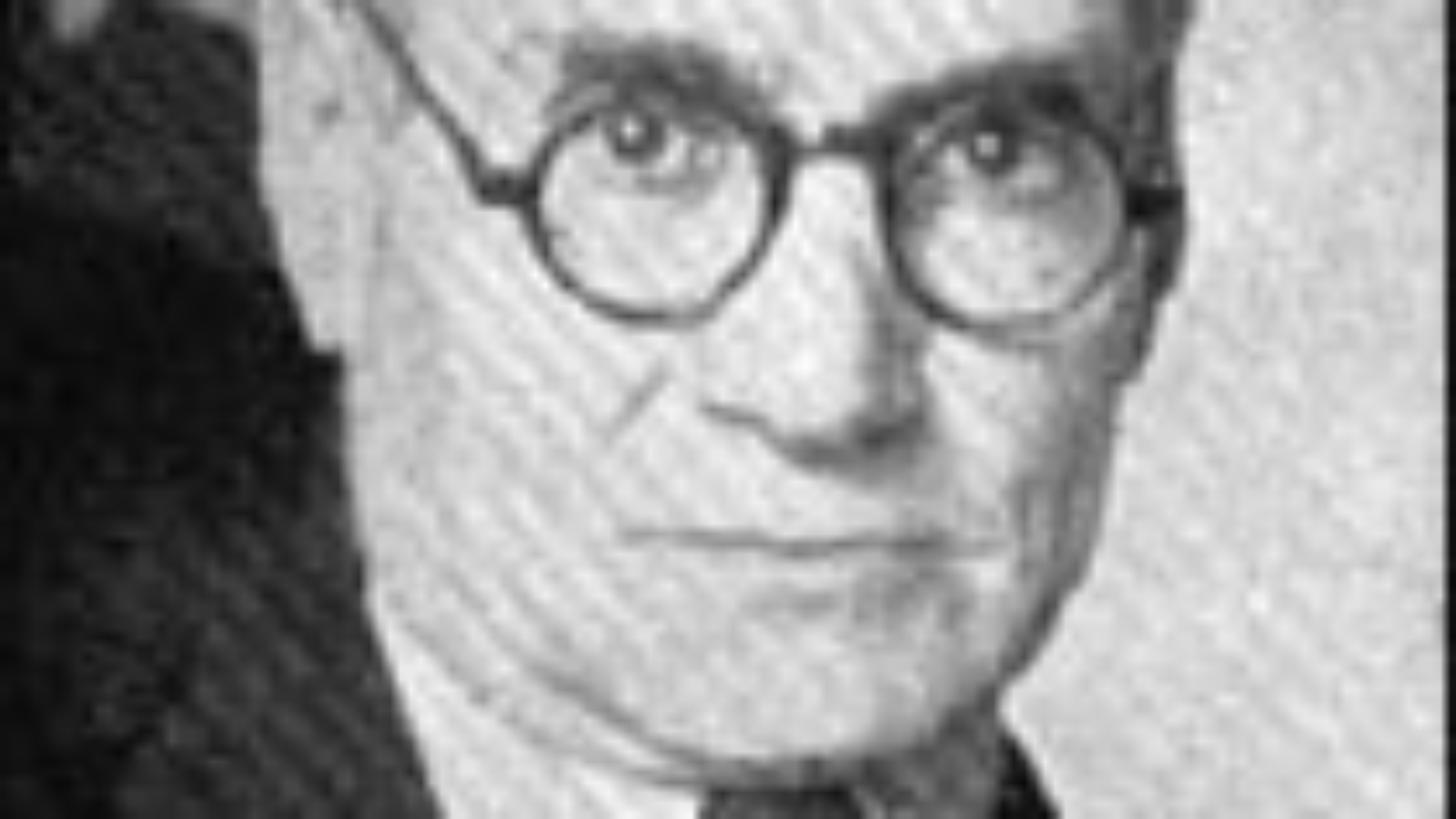
A teenage Ahmad Kasravi sat cross-legged on the cold floor of a seminary in Tabriz, reciting Arabic verses he didn’t understand. One visiting cleric praised a miracle tale, discouraging questions. Kasravi tilted his head. Why this? Why not ask how or if? Kasravi left the seminary soon after, but he didn’t stop studying; he just chose a different compass. One that pointed toward clarity, reason, and a deep belief that Iran’s future depended on honest thinking.
Who Was Ahmad Kasravi?
Ahmad Kasravi was many things: historian, linguist, lawyer, and critic. But above all, he was a reformer. Born in 1890 in Tabriz, Iran, he began his education in a religious seminary until he realized faith without inquiry didn’t sit right. He left the cloth, not out of rebellion, but reason. From there, his path turned toward clarity. He became one of Iran’s most outspoken public thinkers, writing fiercely about truth, history, and language. Where others accepted tradition as sacred, Kasravi asked where it helped—and where it harmed. That’s what made him different. Not that he disagreed, but that he dared to ask. In the process, he reshaped how a generation saw Iran’s past—and imagined its future.
Why Ahmad Kasravi Still Matters
There’s a reason you’ll still hear his name in classrooms, debates, and banned book lists. Ahmad Kasravi wasn’t just another thinker with opinions; he was a rare kind of brave. He rewrote Iranian history, yes. But more than that, he rewrote the way people thought about history. Not as a parade of kings and wars, but as a chain of choices—some wise, some catastrophic, all made by humans. Ahmad Kasravi’s history included farmers, reformers, and even the forgotten. He gave the past back to the people.
He didn’t stop there. Where others tiptoed, he charged in, challenging superstition, calling out clerical corruption, and asking why things had to stay the way they were. He wrote books like What Is the Religion of the Masses? and Shiism, sparking national debates and drawing death threats. Ahmad Kasravi’s views on religion weren’t meant to offend; they were meant to untangle belief from fear.
Then there was the language. At a time when flowery Persian was prized, Kasravi trimmed it down. He believed clear language meant clear thought, and clear thought meant freedom. His work on Persian language reform was radical in the best way: it made reading, writing, and thinking feel like something ordinary people could claim. And they did.
Long after his assassination in 1946, Kasravi’s fire still burns. His ideas surface in reformist newspapers, in debates over school curriculum, and in quiet conversations where someone dares to ask, “But what if it’s not true?” That’s why Ahmad Kasravi still matters. He showed that asking better questions can change the course of a country.
Ahmad Kasravi’s Books and Beliefs
Ahmad Kasravi didn’t just write—he transformed. His books weren’t meant to sit on shelves. They were built to challenge, to clarify, and sometimes, to confront. Below are a few that still echo today.
Tarikh-e Mashruteh-ye Iran
Kasravi’s most famous historical work is an unflinching account of Iran’s constitutional revolution. No royal polish, no nostalgic fog. Just hard facts and human consequences. This book redefined Ahmad Kasravi’s contributions to Iranian history, putting people, not palaces, at the center of the narrative.
Shiʿism
This one lit a fire. In it, Ahmad Kasravi’s views on religion come through loud and clear: faith should serve truth, not silence it. The backlash was swift and dangerous. But the questions he raised still hang in the air: Who benefits from unquestioned belief? And at what cost?
Zabān-e Pāk
More than a grammar guide, this was a manifesto. Kasravi believed bloated, archaic Persian disconnected people from power. This book launched his movement for Persian language reform, arguing that language should serve clarity, not ceremony. It’s why his style feels modern, even now.
Other Works Worth Knowing
- What Is the Religion of the Masses? — A sharp look at superstition in public life
- Dar Pirāmūn-e Zabān — Essays on linguistic logic
- Countless editorials, essays, and speeches—many handwritten, many lost, some still circulating underground
Every one of Ahmad Kasravi’s books pushed readers to see differently. They weren’t neutral. They weren’t soft. And that’s exactly why they still matter.
A Legacy That Refused to Vanish
Decades after his death, Kasravi’s ideas still move through the cracks. Passed hand to hand. Quoted in essays. Whispered in places where questioning remains risky. Because his words didn’t die with him. When extremists assassinated him in 1946, they wanted to silence him. But all they did was underline his point—that asking dangerous questions is sometimes the most necessary thing you can do.
You can hear his legacy in university debates over curriculum. In legal discussions about reform. In everyday Iranians who wonder, quietly, what else might be possible. That’s Ahmad Kasravi’s legacy in modern Iran—everywhere, and deeply embedded. Less like a statue, more like a spine.
And outside Iran? His name is still invoked by linguists, historians, reformers, and anyone who believes thought should be clear and truth should be shared. What he started can’t be undone. Not by bullets. Not by fear. Not by time. Because the most powerful legacy is a question that never really goes away.

